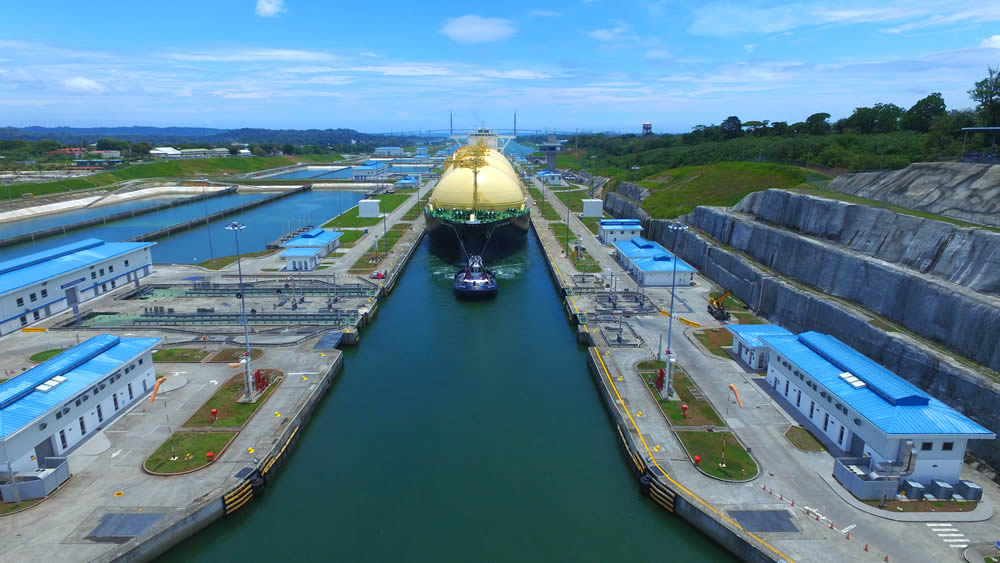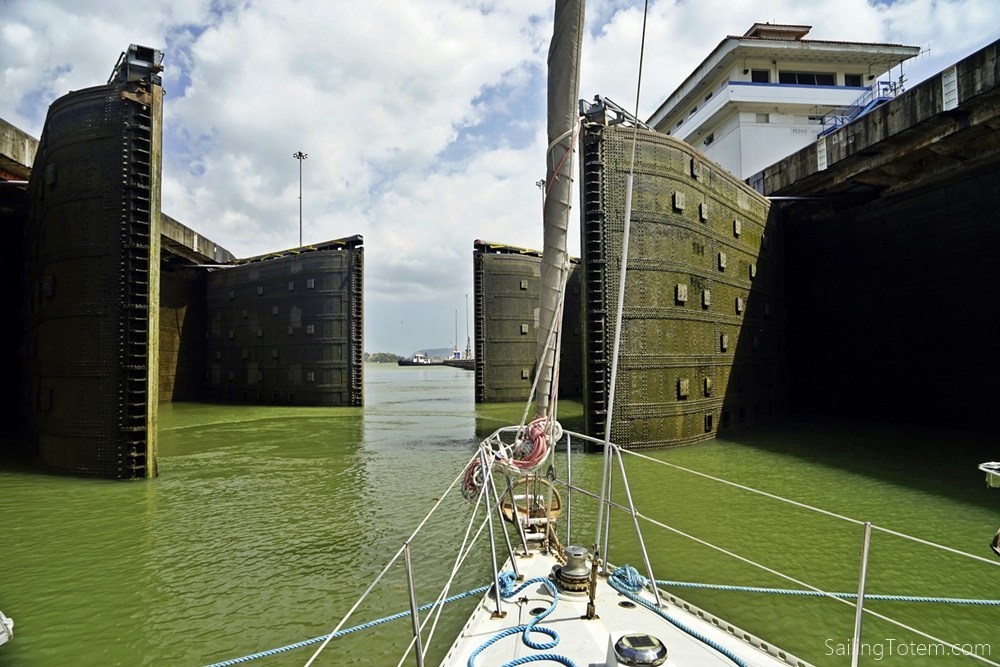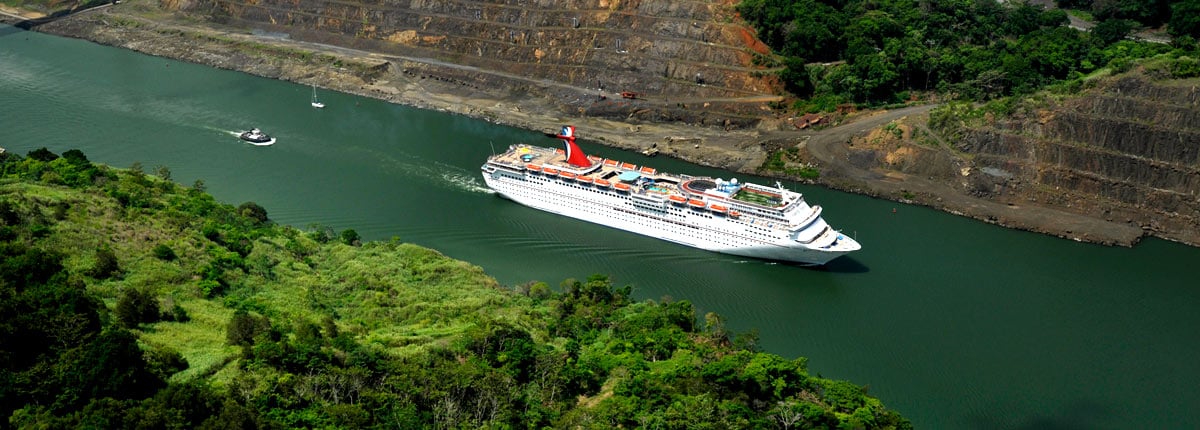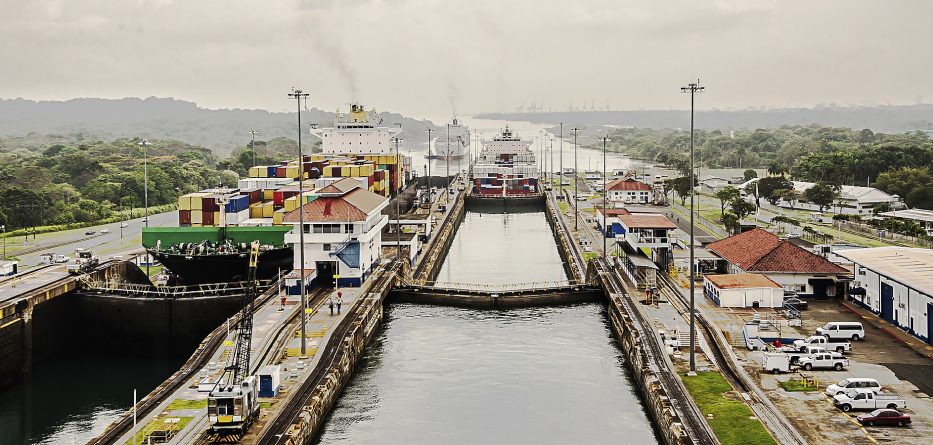The Panama Canal was constructed in the beginning of the XX century, connecting the Atlantic with the Pacific Oceans. The first journey through was conducted in 1914. Although it is not an easy one, roughly 14,000 ships yearly transit through the canal today.

If you have chosen to transit your own private yacht through the Panama Canal, there are some important things not to be neglected before embarking on the journey. The most significant matters shall become time and expenses, as traveling through a system of locks might come out really time-consuming, expensive and stressful. Still, the transition might become a unique adventure and even the most epic story to be told for the rest of your life. Here are some details to think over, before you decide upon a journey.
In terms of time limits, the journey through Panama Canal solely might last up to eight to nine hours. An intricate system of locks should be passed on your way through, guiding your private sailboat from one ocean to another.

Prior to that, there is obligatory paperwork to be done, along with the vessel screening (to make sure your boat complies with size regulations etc.). That is why you have to consider in advance the time your boat will be docked at either the Pacific side marina or Caribbean side marina to await your turn before transit. Average waiting time varies, but be prepared that it normally takes several days at least.
As to the paperwork, The Panama Canal Authorities demand an advance notification of 96 hours to accommodate the arrival for vessels desiring to transit the Panama Canal. If you are planning on transiting the canal without hiring an agent, you will need to call to the Admeasurer’s office (English is spoken by all canal officials) to arrange a time and location for your boat’s measurement. You have to go through measurement and payment first, before entering the ACP system to get a transit date assigned, as it cannot be reserved in advance.
If dealing with documentation yourself, you need to fill in a form stating where you are and when you would like to get measured. Then, an official Ad measurer will come out, to measure your yacht according to canal regulations. Once the process is completed, you will receive a form to be proceeded to a bank for an official deposit. Once you are measured and your money is deposited, you will call the official schedulers office and make an appointment for transit. Again, be prepared that paperwork might take from three to seven days.
Money wise, the price to pay for closing the Canal naturally varies depending on the size of your yacht. For small vessels of up to 15 metres LOA, the price makes around $1,875; for larger ones of up to 30 metres LOA it makes around $ 4,275, etc. Furthermore, you should consider extra transit fees including long lines, car tires and making sure you have line handlers on board.

Finally, depending on your appointment time and your port of entry you can expect to depart in the afternoon, around 1pm or 2pm. You will be assigned an official advisor from the Panama Authority to join you on-board, provided everything is going as planned. Thus, you need to provide hot meal and drinking water for your advisor. He or she will serve as your sailing mentor, attempting to get you through the canal as quickly and efficiently as possible. Still, you might end up having to stay the night for some unforeseen reason. In that case, expect to pay up to $500 dollars extra to dock.
On your journey, You will go through a series of locks (12 in total) composing is a system of levels that lift a ship up 85 feet to the main elevation of the Panama Canal and back down. Each lock is around 300-metre long and can be filled and emptied in 10 minutes. Once you have transited through all of them, you can continue on to either the Pacific or Caribbean side ocean.

All in all, if you decide to cross a Chanel on a private vessel, below are some tips for a smoother canal transit (Yachting World):
• Start researching information in advance, at least 3 months ahead, for comfortable preparation.
•It is better to keep the yacht’s decks clear. Move or stow items to keep the area around bow and stern cleats as clear as possible.
• Ensure all fairleads are fair to start. Re-leading takes time you may not have if currents start spinning the raft.
• Stern lines took the most load. Consider running them to a cockpit winch with the stern cleat as a guide to provide better control and mechanical advantage.
• Prep line handlers well. Hold a crew meeting. Make sure they understand how critical it is to be alert: they should not expect to use a GoPro or post on social media during transit.
• Repeat instructions from the adviser. It confirms you have heard and are responding to the action called for. It may serve to clarify the adviser’s intentions when issuing rapid instructions.
• Engage your adviser. Talk through manoeuvres in advance, asking for clarification on next steps and understanding actions they will want you to take before they need to happen.
